FIBBR Ultra Pro Fiber Optic HDMI Cable
November 09,2020
August 6, 2019 by Mark Vignola 2 Comments
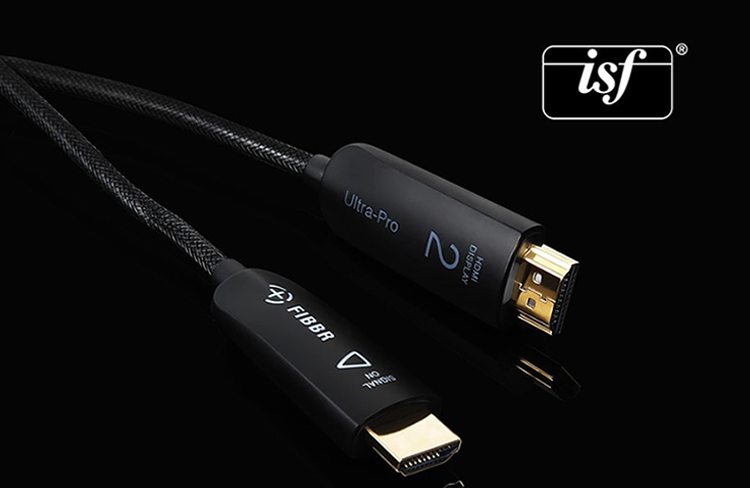
Updated August 6, 2019
We've now put the FIBBR Ultra Pro Fiber cable through seven months of nearly daily use and are very pleased with its performance.
Firstly, the Ultra Pro survived many months of additional heavy construction after installation. I was a bit nervous as the team from Value Electronics removed the painters' tape I had used to cover each of the cables head units, but the cable linked to the C8 OLED and my Anthem MRX-1120 with no issues whatsoever, with the small blue icon indicating pairing.
In use, the best I can say about the FIBBR pro is that I have no idea that it is different from any other HDMI cable. It passes AppleTV's "HDMI Test", and will flags for the AppleTV's highest picture quality setting of 4K Dolby Vision without issue. In use, the FIBBR flawlessly passes Dolby Vision 4K content from both our AppleTV and Panasonic UB9000.
Overall, I couldn't be more pleased with the Ultra Pro. It produces a robust and reliable HDMI connection with every signal that we've been able to throw at it and does so without the complications of extra equipment needed in other long-run HDMI options like HDBaseT. The cord does have the tendency to twist, so in a renovation where we were "pulling cable" vs "laying it" the cable wasn't easy to work with, but once installed, this was a non-issue. Overall highly recommended.
Over the next several months we'll be rolling out a series of articles related to my apartment renovation in Manhattan. Today we offer first-look at one of the components we'll be reviewing: the FIBBR Ultra Pro Fiber Optic HDMI cable. In today's preview, we will be describing the cable and talking about installation. Once the project is complete we’ll return with a full review.
Working on an apartment renovation brings multiple constraints that might not exist with new builds. We are forced to work within the constraints of existing conditions and structural features that impact all aspects of construction, including but not limited to A/V wiring. Our project in a pre-war building in Manhattan is no exception. On the upside, I was ecstatic to have the ability to have equipment in a dedicated closet – but the downside is that getting video from the equipment closet to the flat panel we are installing was not straightforward and required a circuitous path. Additionally, a few tight turns and narrow openings along the required path means that a large copper HDMI cable was impossible.
The technicians from Value Electronics who are helping with the AV installation, ran ample ethernet cable from the equipment room to the living room – so that we’ll be able to use HDBaseT HDMI/ethernet baluns – but I was eager to evaluate other options – enter the FIBBR fiber optic HDMI cable. Using fiber optic technology means large distances are achievable. In this case, we used a cable that was 50M long.
FIBBR is a relatively new company who offers multiple fiber optic based cabling. The Ultra Pro is their highest end cable, capable of the full HDMI 2.0 bandwidth of 18.0Gb/sec which supports 4:4:4 4K video at 60Hz. The cable is active, but uses power from the HDMI source and doesn’t need any external power source.
The greatest advantage of fiber optic cable is its thinness and pliability. I was prepared for this but had never held one of these cables in my hand until unboxing the FIBBR Ultra Pro Cable. The fiber cable itself is incredibly thin and light; the difference between a copper cable is quite remarkable. The Ultra Pro is directional – with one side designated monitor and the other source. The actual HDMI connectors are a bit longer than standard HDMI plugs – which makes sense as these need to hold the equipment that converts HDMI signal to light for transit over the fiber optic cable. The connectors felt sturdy – but I did worry about running these through various holes during the installation.
Installation of the cable in our renovation was challenging. As described earlier, renovation installs provide unique challenges. As we had to run the cabling up through wall channels and framing, we had to unravel the cable to snake it through various channels. Unfortunately, the FIBBR UltraPro had a high tendency to twist once unwound. We spent quite a bit of time fighting tangles in the cable once we ran it through the first channel. This wasn’t insurmountable but did add to the time we spent running the cable. In a new installation situation we doubt this would be as much of a problem – but here it proved frustrating.
As our project is still very much underway, all we were able to do was verify the cable was functional after the drama of stringing it – which it did. A small light on the source side indicates the cable is getting a signal – and on the other end, we see a light indicating that the signal is passing uninterrupted. Plugging into a small monitor showed that a test video signal was, in fact, traveling around the apartment, 50 meters, over fiber optic and arriving unharmed at the site where we'll eventually install a monitor. During this test, we only were able to use 1080p SD content.
Once our project is complete we'll come back with a full review of the cable – including of 4K HDR content – but so far we are quite impressed!
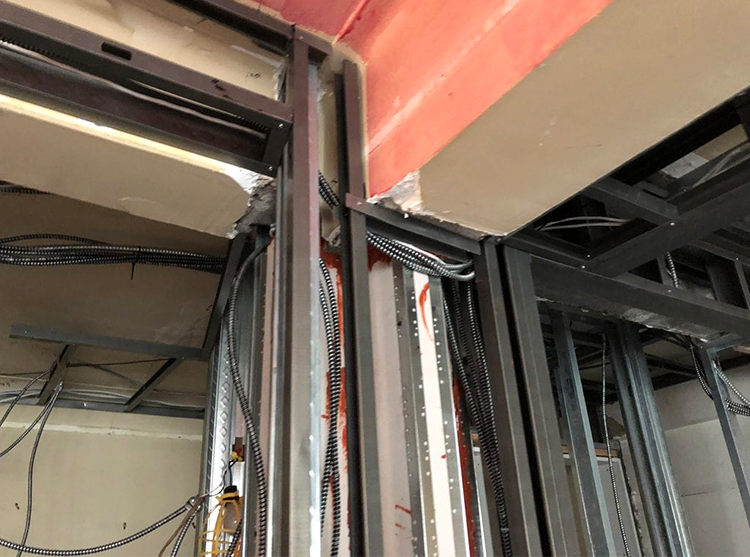

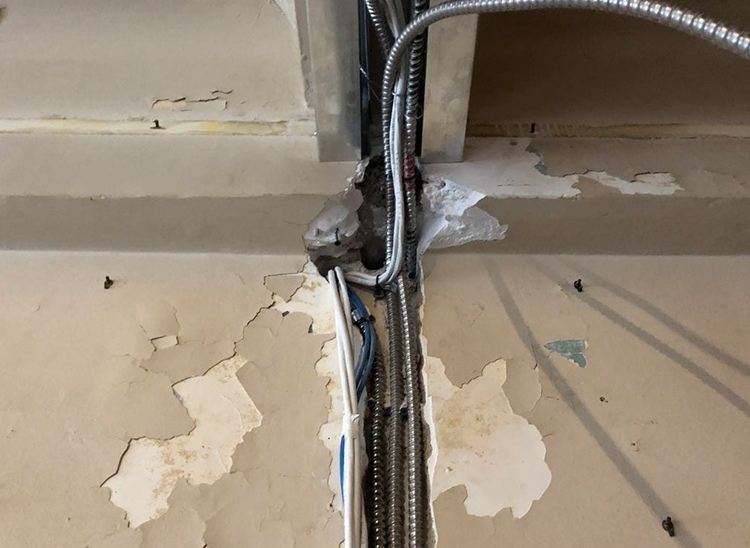
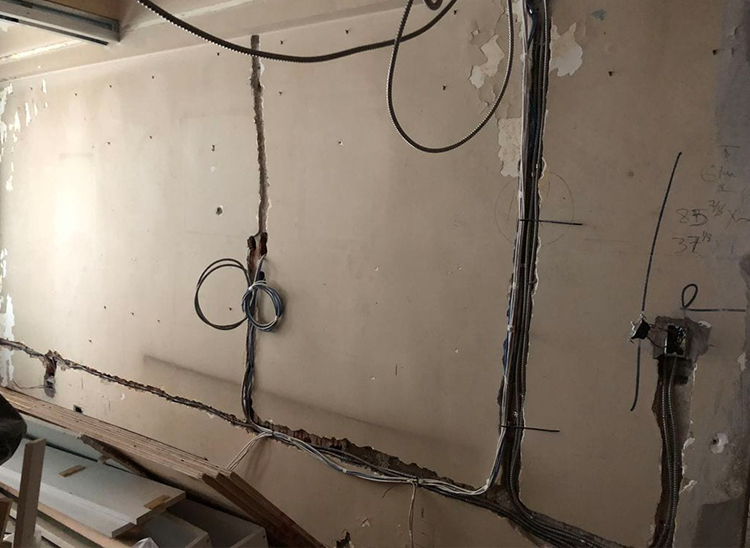
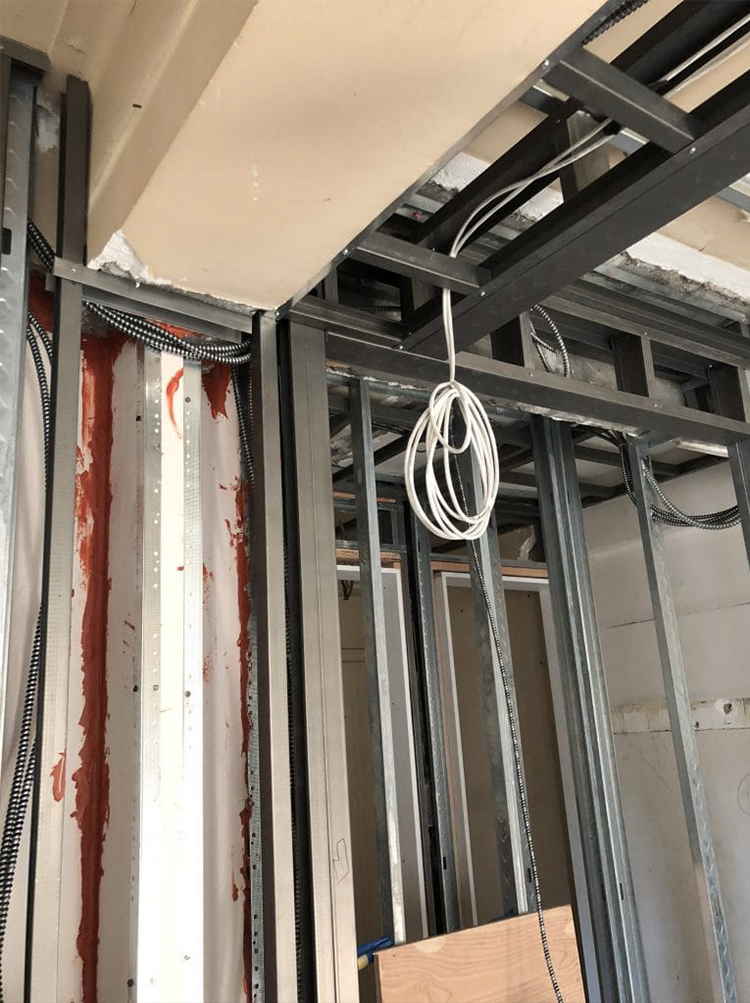




 CN
CN




 Back to list
Back to list America
America fibbr@everprotech.com
fibbr@everprotech.com



